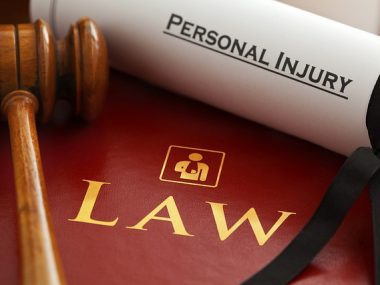Your home is one of the most significant investments you’ll make in your lifetime. Protecting it with the right insurance coverage is essential.
Home insurance provides financial protection against damage or loss to your property and belongings.
In this article, we’ll explore the basics of home insurance, helping you understand its importance and the key components of a comprehensive policy.
Why Home Insurance Matters
Home insurance is designed to protect homeowners from unexpected events that can lead to property damage or loss.
It provides financial coverage for repairs, replacement costs, and liability in case someone is injured on your property.
Home insurance gives you peace of mind, knowing that you are financially protected from the risks associated with homeownership.
Key Components of Home Insurance
1. Dwelling Coverage
Dwelling coverage is the foundation of home insurance. It protects the structure of your home, including the walls, roof, floors, and foundation.
In the event of covered perils such as fire, vandalism, or severe weather, dwelling coverage helps cover the cost of repairs or rebuilding your home.
2. Personal Property Coverage
Personal property coverage protects your belongings inside your home. This includes furniture, appliances, electronics, clothing, and other personal items.
If your personal belongings are damaged, destroyed, or stolen, personal property coverage can help cover the cost of replacing them, up to the policy limits and subject to deductibles.
3. Liability Coverage
Liability coverage is crucial in case someone is injured on your property and holds you responsible for their injuries.
It helps cover legal expenses, medical bills, and potential settlement costs if you are found liable. Liability coverage also extends beyond your property, providing protection if you or a family member causes damage or injury to others anywhere in the world.
4. Additional Living Expenses Coverage
If your home becomes uninhabitable due to a covered loss, additional living expenses coverage can help cover the costs of temporary living arrangements, such as hotel stays or rental accommodations, while your home is being repaired or rebuilt.
This coverage ensures that you can maintain your standard of living during a challenging time.
5. Deductibles and Coverage Limits
Home insurance policies typically have deductibles, which are the amount you agree to pay out of pocket before the insurance coverage kicks in.
Higher deductibles often result in lower premiums, but it’s important to choose a deductible that you can comfortably afford in the event of a claim.
Coverage limits refer to the maximum amount your insurance policy will pay for a covered loss.
It’s crucial to review and understand the coverage limits of your policy to ensure they adequately protect your home and belongings.
Additional Coverage Options
In addition to the standard components of home insurance, there are additional coverage options you can consider:
Flood Insurance: Most standard home insurance policies do not cover flood damage. If you live in an area prone to floods, purchasing separate flood insurance is essential.
Earthquake Insurance: Similarly, earthquake damage is typically not covered by standard home insurance. If you live in an earthquake-prone region, it’s worth considering earthquake insurance.
Valuable Items Coverage: If you own high-value items such as jewelry, art, or collectibles, you may want to consider additional coverage to ensure their full value is protected.
Choosing the Right Policy
When selecting a home insurance policy, it’s important to evaluate your needs and compare quotes from different insurers.
Consider factors such as coverage limits, deductibles, premiums, customer reviews, and the insurer’s reputation for claims handling.
Working with an insurance agent can be helpful in navigating the options and ensuring you have the right coverage for your specific circumstances.
Conclusion
Home insurance is a crucial component of protecting your property and providing financial security.
Understanding the key components of home insurance, such as dwelling coverage, personal property coverage, liability coverage, and additional living expenses coverage, allows you to make informed decisions when choosing a policy.
Assess your needs, review coverage options, and compare quotes to find the right home insurance policy that provides the necessary protection for your home, belongings, and peace of mind.






